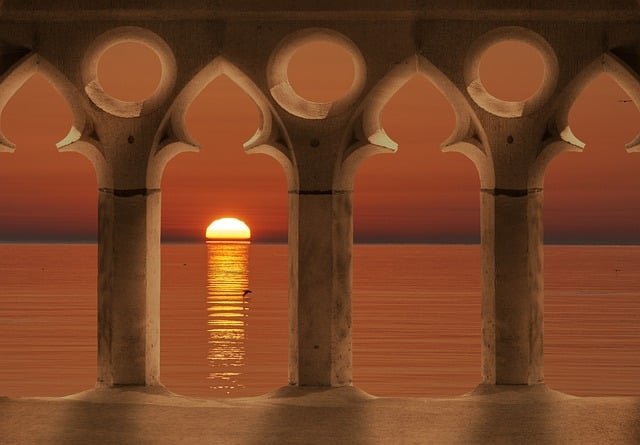Choosing the right wine cooler is essential for any enthusiast seeking to preserve their collection’s integrity. This article explores the critical factors of temperature and humidity control, alongside the pivotal role of UV protection. Understanding these elements is key to ensuring every bottle reaches its full potential, from a crisp Sauvignon Blanc to a robust Cabernet Sauvignon.
The Science of Perfect Preservation: Temperature and Humidity
At the heart of any wine cooler’s function is its ability to maintain a consistent, ideal temperature. Fluctuations can cause the wine to expand and contract, potentially pulling air in through the cork and leading to oxidation. For long-term aging, a steady temperature between 55°F and 58°F (12°C – 14°C) is widely recommended by authorities like the Wine Spectator. This range slows down the aging process, allowing complex flavors to develop gracefully.
Equally important is humidity control, often an overlooked aspect. The relative humidity inside a cooler should be maintained between 50% and 70%. If the air is too dry, corks can shrink and dry out, compromising their seal and allowing oxygen to spoil the wine. Conversely, excessive humidity can promote mold growth and damage labels. Modern wine coolers are engineered to manage both variables precisely, creating a microclimate that mimics a traditional wine cellar. Investing in a unit that actively regulates humidity is non-negotiable for a serious collector.
Shielding Your Investment from Light and Vibration
Beyond climate control, protection from environmental factors is paramount. Ultraviolet (UV) light is a potent enemy of wine, as it can degrade and prematurely age organic compounds within the bottle. A study published in the Journal of Agricultural and Food Chemistry highlighted that even short exposure to UV light can create “light-strike” or “goût de lumière,” causing unpleasant aromas. Therefore, wine storage units must feature UV-protected glass doors, like those found in many premium wine coolers, to block these harmful rays while allowing for display.
Furthermore, minimal vibration is crucial. Constant agitation can disturb the sediment in older wines and potentially hinder the aging process by affecting the chemical reactions within the bottle. High-quality coolers incorporate compressor insulation and advanced suspension systems to ensure a tranquil environment. When selecting a wine storage solution, prioritize models designed to operate silently and without vibration, safeguarding the delicate evolution of your vintages for years to come.
Ultimately, proper wine storage hinges on mastering a stable environment. By prioritizing precise temperature and humidity control, along with robust protection from UV light and vibration, you can perfectly preserve your collection’s character and value. Investing in a quality wine cooler that addresses all these factors is the definitive step toward enjoying every bottle at its absolute best.
